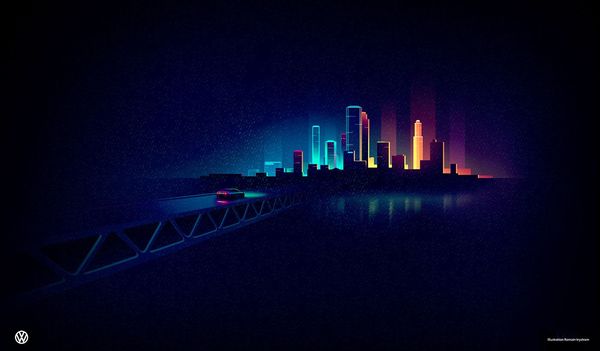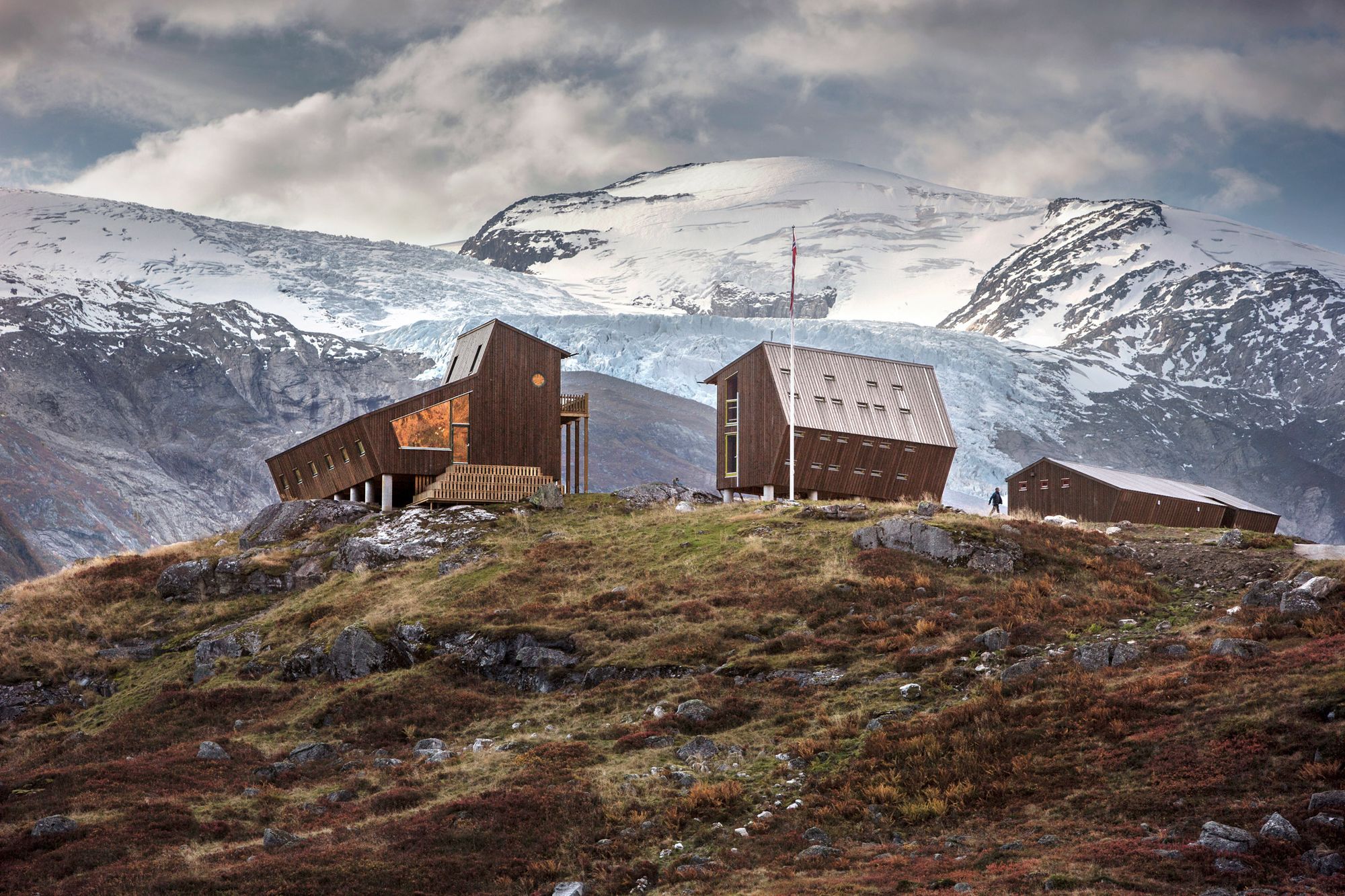We have already featured several cabins and bivouacs for those looking for active relaxation from Bosnia-Hercegovina, Slovenia, Slovakia and the Czech Republic. This time, we went a little further, to the Jostedal Glacier in Norway, where diverse architect studio Snøhetta designed a minimalist cabin complex to replace the accommodation buildings destroyed by cyclone Dagmar. Let’s see the details!
The Tungestølen Tourist Cabin had been a popular destination for the explorers of Jostedal Glacier for more than a century, before it was destroyed by cyclone Dagmar in 2011. Bearing the weather conditions and the fate of the previous building in mind, Snøhetta gave a robust form to the new cabins. The cabin complex consists of several units, the outward-facing walls of which received a pointed shape to help deflect wind coming up the valley. This architectural solution gives a pentagonal section to the buildings standing separately.
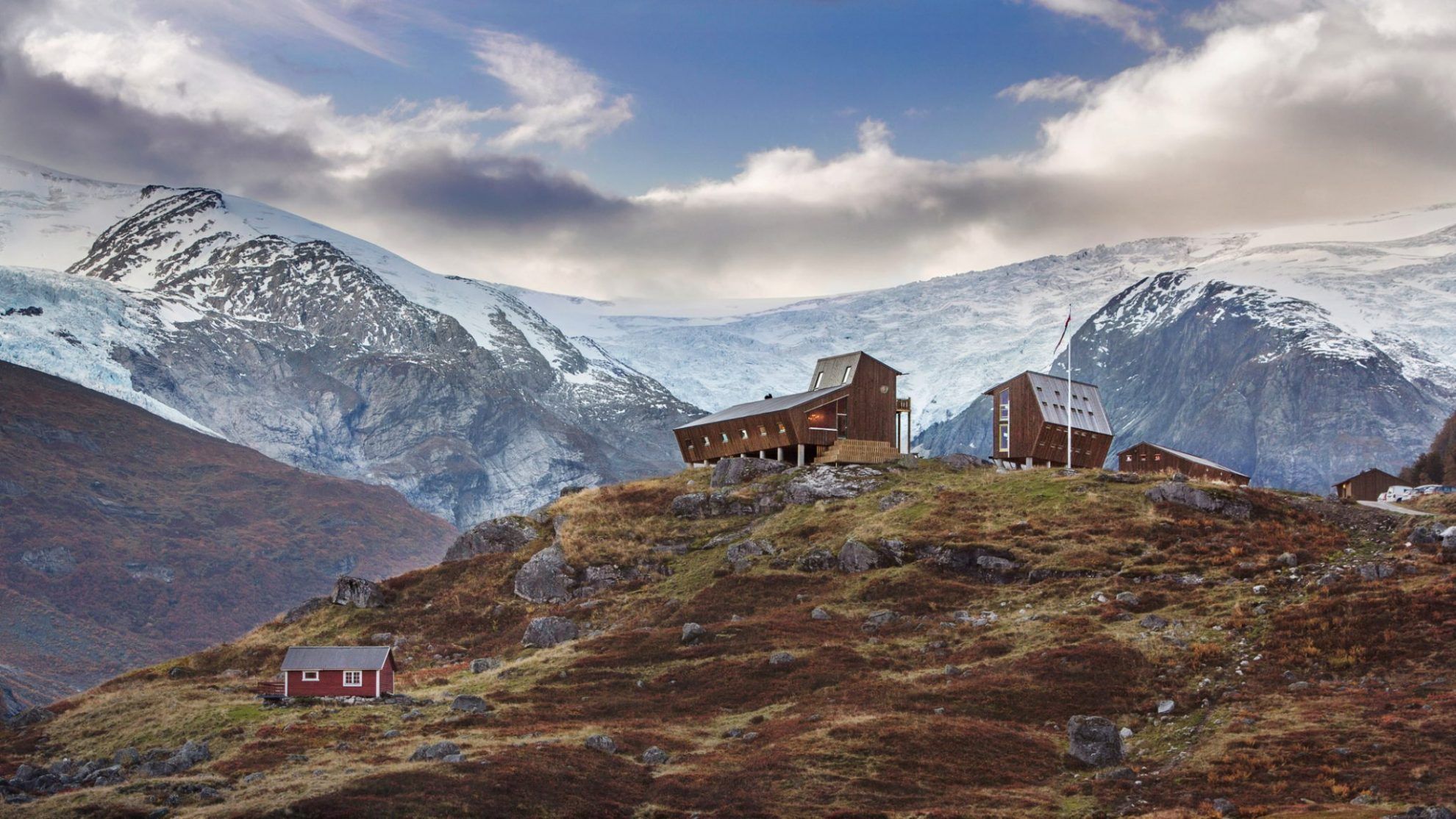
According to Anne Cecilie Haug, senior architect of Snøhetta, the pentagonal shape completely differs from that of traditional Norwegian cabins. Even though it draws on the buildings nearby in terms of materials and colors, it still remains one-of-a-kind.
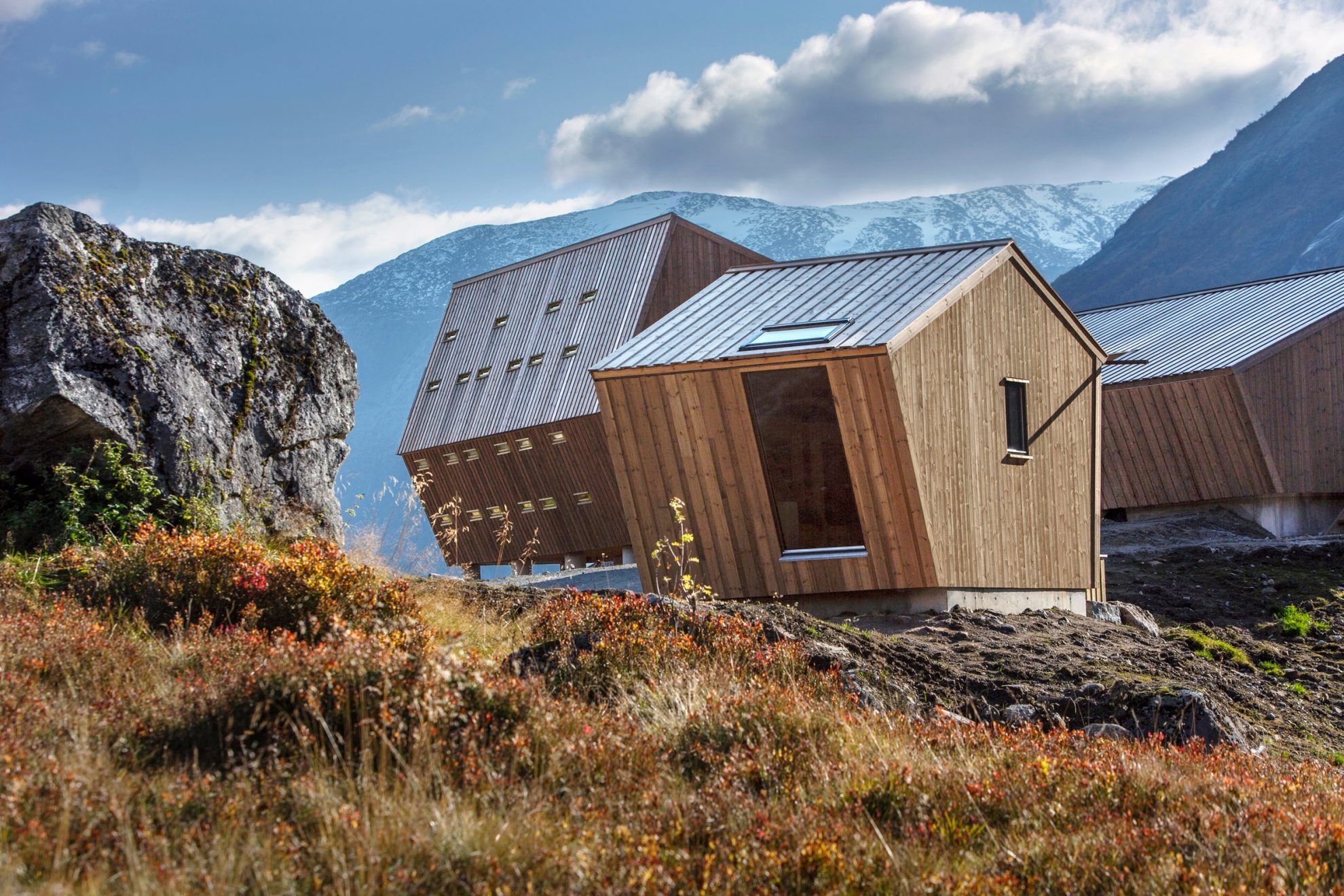
The main unit, giving place to a spacious lounge and a stone-covered fireplace, fulfils the role of a dining room, providing shelter on colder summer days. The highest point of the cabin’s ceiling is 4.6 meters, offering a spectacular view over the landscape surrounding the building.
Next to the dining area is the block serving the purpose of resting and sleeping, offering accommodation to up to 30 people. The two units are also complemented by a separate four-bed cabin, and the architect studio plans to expand the complex with an additional four cabins.
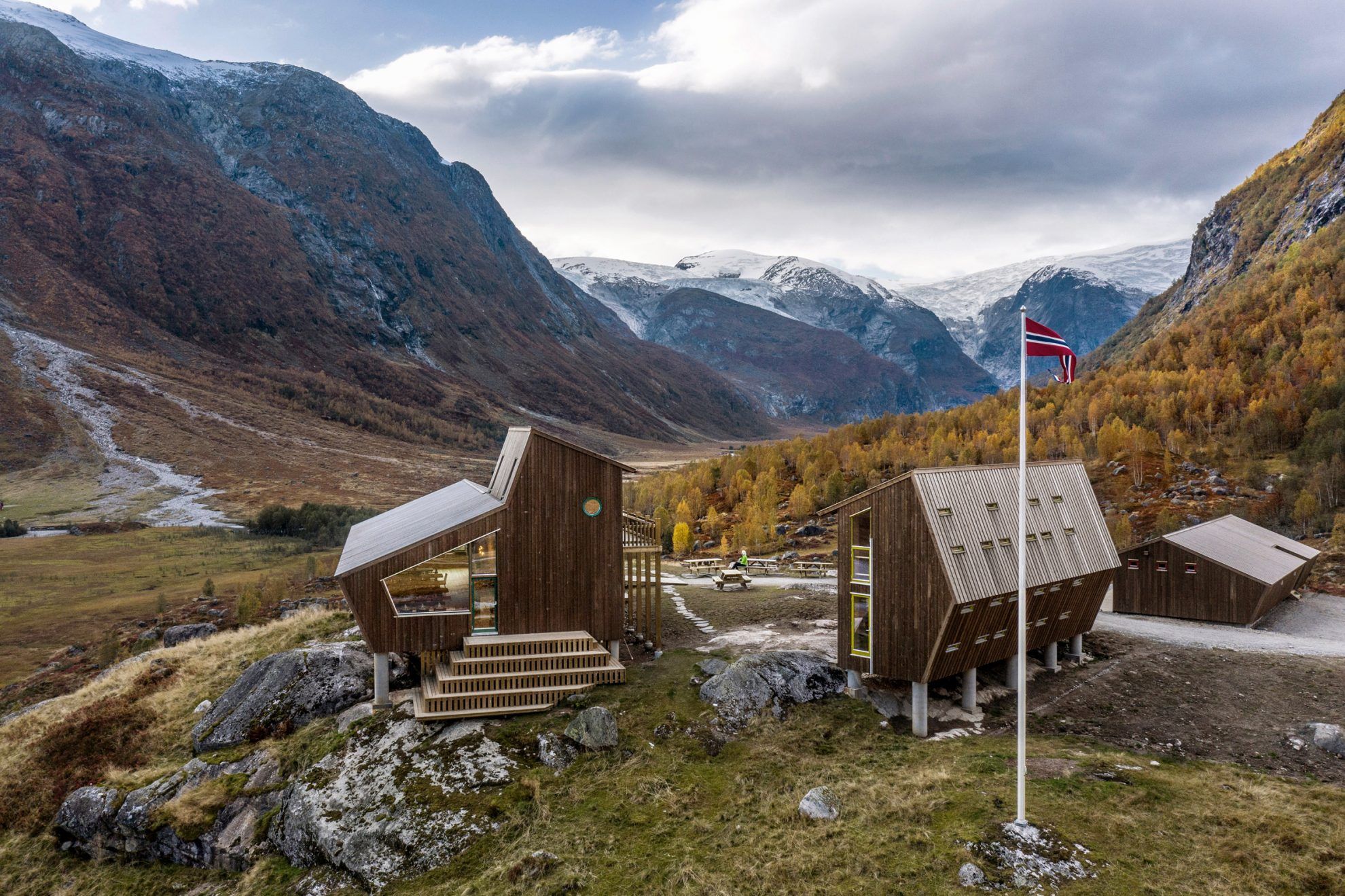
Despite their odd outlook, the cabins were designed in a manner not to distract the visitors’ attention from the beauty of the land. Giving them a low-key appearance, the architects also strived to keep their ecological footprint at the minimum.
Each and every structure is made of wood, balancing their robust form and resulting in a friendly and cozy atmosphere. In their interiors, the team of Snøhetta also used up the textiles and artworks saved from the previous cabin.
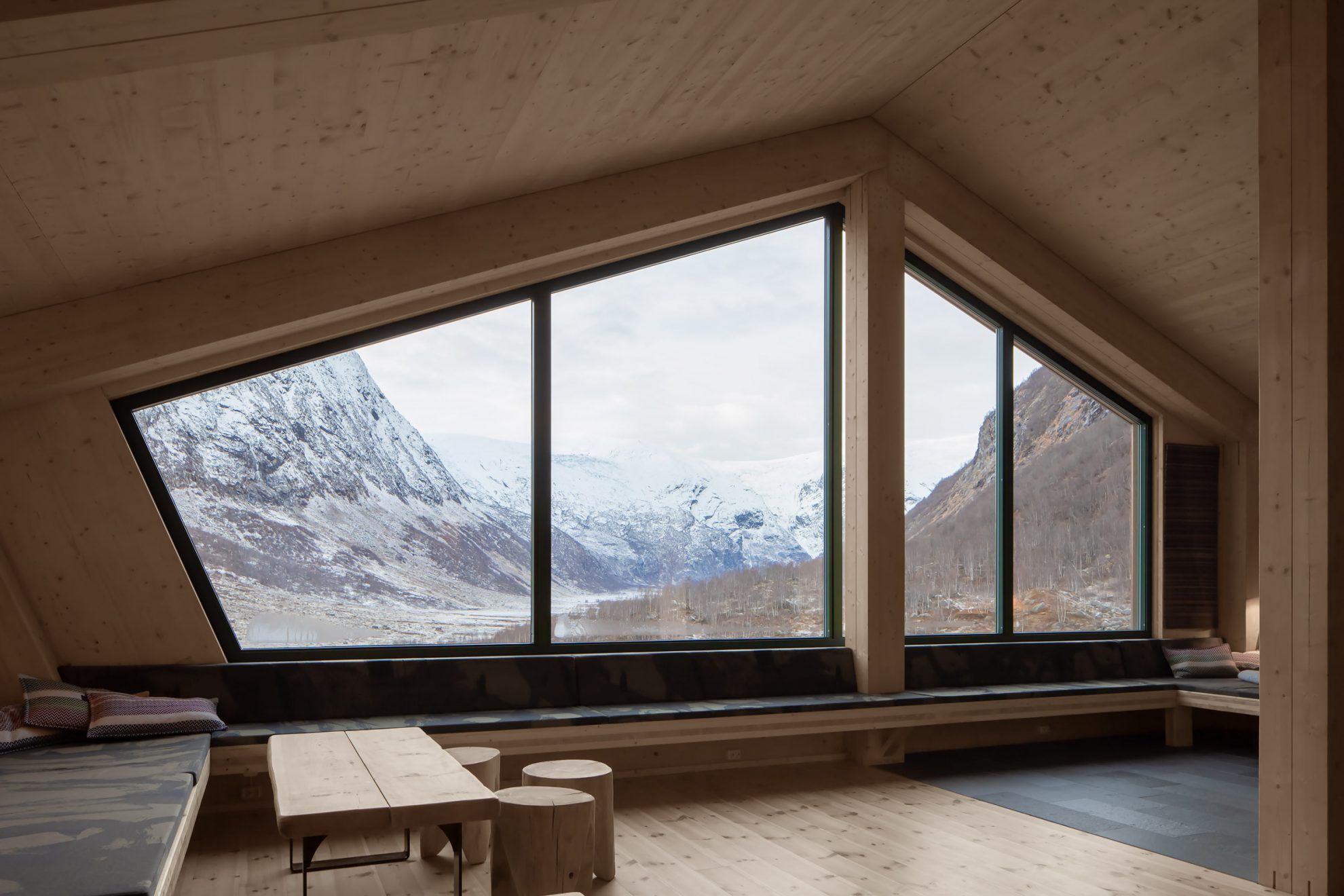
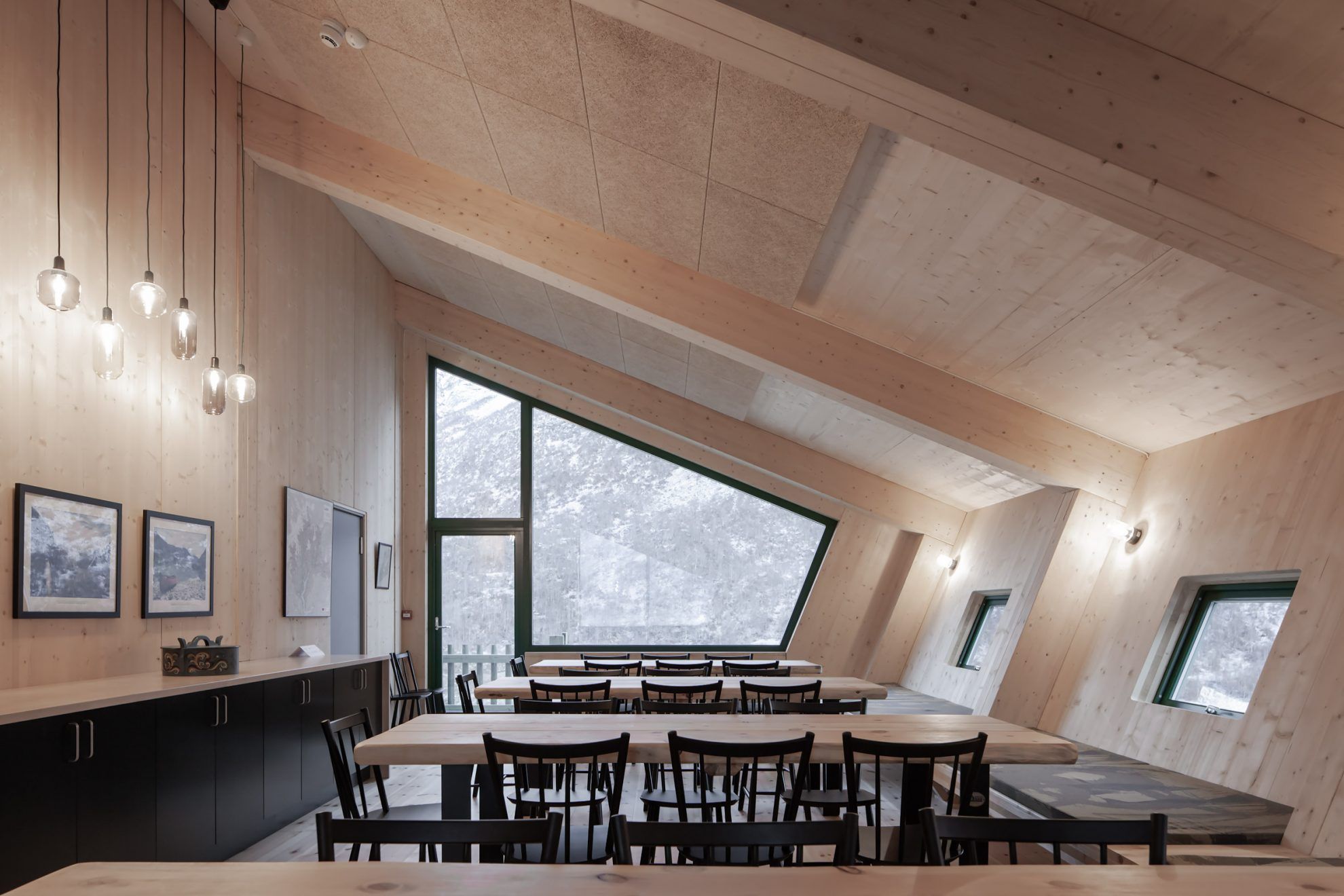
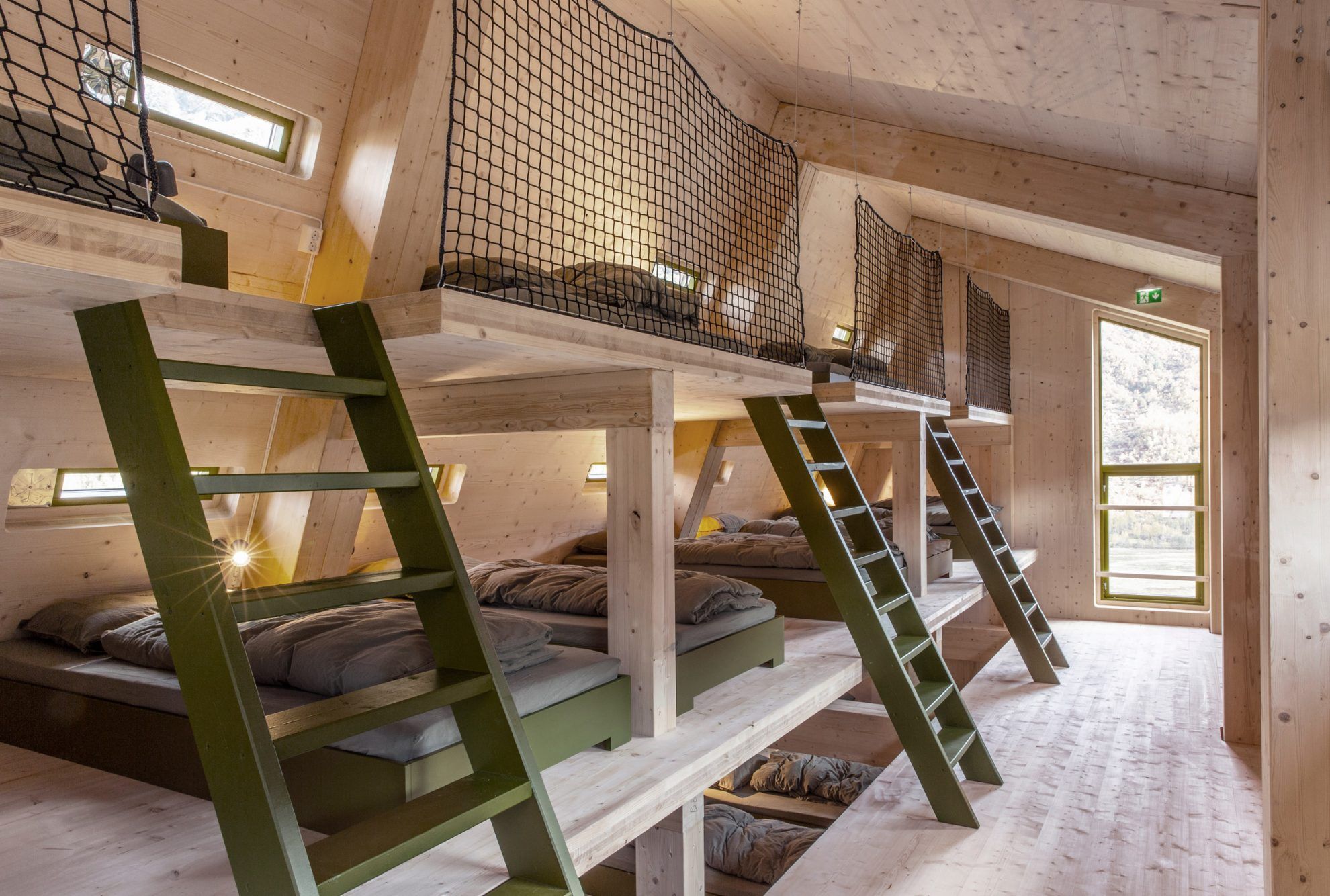
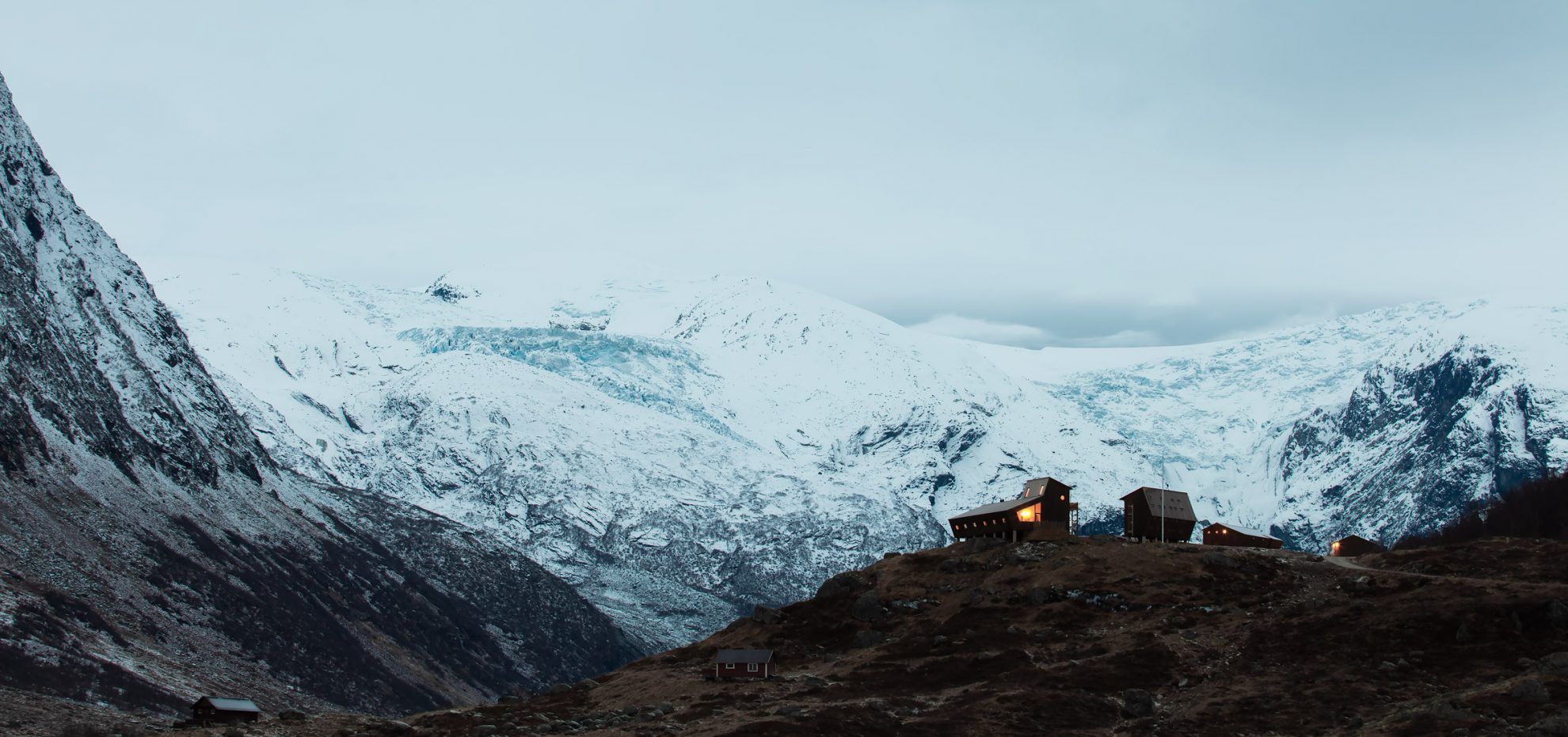
The new Tungestølen tourist cabin complex can be an outstanding destination for experienced hikers aiming to conquer the glaciers nearby, but may also be the perfect hideaway for families with small children looking for shorter hikes or relaxation.
Snøhetta | Web | Facebook | Instagram
Source: Dezeen

Budapest by Labrosse | Dunapark House

The era of no-contact menus might start soon | SpeedPro
